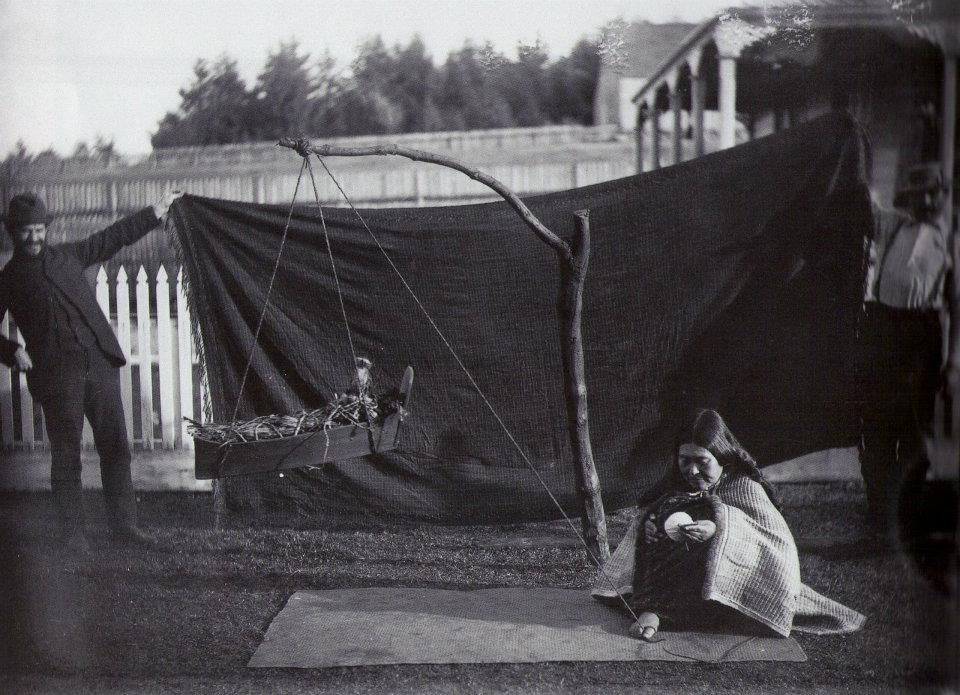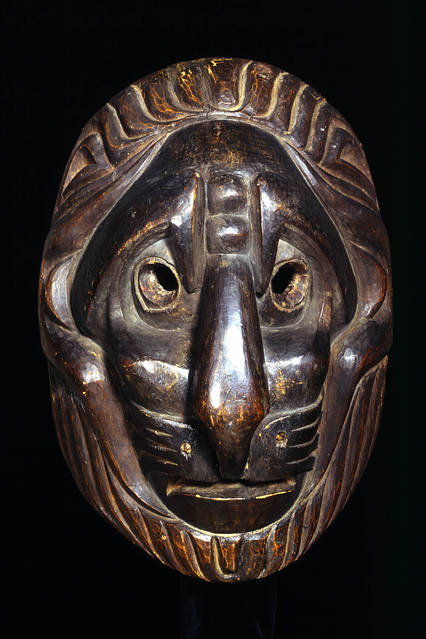WALL STREET JOURNAL
The Two Minutes Hate Comes to New York’s Subway
‘That is your legacy! Dead children!’ yelled the young man, triggered by my arts magazine’s tote bag.
Have you been denounced on your way to the dentist? It happened to me on the uptown R train in New York City. As the subway pulled into Times Square, I looked up to see a young man pointing his finger at me. I thought it was a joke. Then he launched into a verbal assault. He called me a white nationalist, a Nazi and a fascist. He blamed me for starting wars and then some.
I am an art critic. I didn’t know how to respond. As other passengers grew silent, I heard a baby crying nearby. I asked the young man not to curse in public. He wore ear buds and said he couldn’t understand a word I was saying and didn’t care.
“Dead children in the street because of people like you! That is your legacy! Dead children!” he concluded in parting. I was relieved to be in one piece. I looked around at a perimeter of passengers staring back at me. “The subway is really going downhill,” I joked. Then I went off to my dental cleaning.
I didn’t know this young man, and he didn’t know me. My appearance alone upset him, in particular the tote bag I was carrying from the magazine where I’m an editor. I found this out only because the young man wrote about the diatribe in a tweet (since removed): “I yelled semi-incoherently at a man I believed to be a White Nationalist due to his white suit, bow-tie, hair cut, and smug, pasty face on the Q [sic] today. My anti-imperialist trigger was tripped by his @newcriterion bag. Imperial scum.”
This young man, whom I won’t name, served in the U.S. Army. He might have found a sympathetic ear from me on the subject of military entanglements, or society’s responsibility to veterans, or who knows what else. I would beg to differ on the “smug, pasty face.” But discourse was not the point. He wanted only to shame me.
What is shame? In the “Nicomachean Ethics,” Aristotle regards shame—aidōs—as a feeling that must be kept in proper balance. Too little shame and the brazen will say or do anything, with no respect for the opinions of others. Too much shame and the bashful will not speak up in the face of opposing views, even to do what is right. Shame is not a virtue in itself. But a good sense of shame helps us distinguish between virtue and vice. “Whilst shame keeps its watch,” writes Edmund Burke in the “Reflections on the Revolution in France,” “virtue is not wholly extinguished in the heart.”
Is there any doubt that culture today has lost this balance of shame? Just do it, we are told. Be yourself. Entire industries exhort us to express ourselves and our supposedly suppressed urges and identities by ignoring our natural feelings of shame.
The irony is that we now live in a society in which more is permitted but less is allowed. Our sense of shame is replaced by a culture of shaming. Much of social media and the news cycle revolve around this “call-out culture” and its forensic analysis of one’s transgressions. Shaming words become shaming actions. Many alleged offenders end up worse than I did. Some have been pelted with eggs and covered with liquids, with videos of their “milkshaking” made available online for further mocking. As in the recent attack on the journalist Andy Ngo by an antifa mob in Portland, Ore., such violence is increasingly vicious.
Where did this all come from? The soul-denying legacy of Marxism-Leninism may hold the answer. The most deadly experiment in human history similarly demanded shamelessness from its adherents and used shame to discipline its opponents. Conscience is replaced by “consciousness.” The more ruthless and indiscriminate and inward-turning the shaming, the more deeply it instills party doctrine.
From the show trials of the 1930s through Stalin’s mass purges and denunciations, the use of political shame to impose shamelessness—and the shamelessness required to expunge personal shame—has been a hallmark of socialist terror.
In China, Mao Zedong made a high art out of public shame. Everywhere from workplaces to stadiums, the Cultural Revolution choreographed elaborate “struggle sessions” to torture and shame class enemies. Those who pleaded their innocence were regarded by the Maoists as the most guilty. One favorite spectacle was to force professors to balance on stools in their universities’ sports arenas. Their tormentors hung classroom blackboards around the professors’ necks and wrote their names and supposed crimes in chalk.
Instead of making each of us “famous for 15 minutes,” as a wit once promised, the future seems determined to put us through the “Two Minutes Hate” of George Orwell’s “1984.” “The rage that one felt was an abstract, undirected emotion,” Orwell writes of the daily shaming ritual, “which could be switched from one object to another like the flame of a blowlamp.” The object of ire could be anyone. What matters is the display of denunciation and the pitiless scorn that must be arbitrarily shown.
What a shame. In shameless times, it is the shamers who should be the most ashamed. My dental checkup went fine, but this check-in with contemporary reality was altogether rotten.




